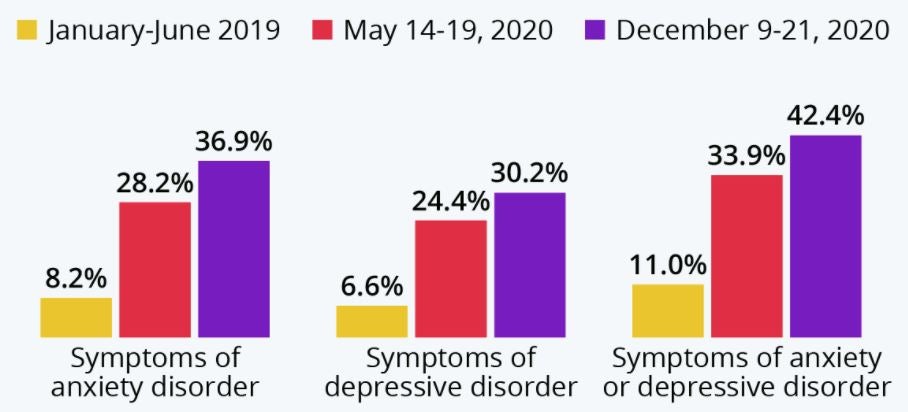How to Monitor Remote Employees & Respect Privacy
By: Anand Srinivasan

The COVID-19 pandemic has brought a series of unique obstacles for most businesses. During these unprecedented times, companies have been forced to implement remote working and telecommuting measures for the first time. As a result, some employers have found themselves without a proper remote work strategy.
In the absence of well organized plans, some business owners might understandably be concerned about productivity declining, since they cannot be in direct contact with their staff. On the other hand, employees may justifiably be worried about their supervisors crossing certain lines or invading their privacy.
There is no other way around it: this matter is a direct conflict of interests between employers and employees. As any other long-distance relationship, the dynamic between a supervisor and their remote working team is purely based on trust, communication, and compromise.
Being able to balance your duties as a team manager while respecting your staff’s privacy is vital when building a successful remote working team. Luckily, there are three key points that can help you monitor your remote employees without crossing privacy boundaries.
Be organized, but not too rigid
Whether you are a service or product based company, it is important to have a well-planned schedule and an established communication channel that keeps your staff in the loop. However, if your case is the latter, and you are a remote product manager, you might need to double-down on this idea, since companies that offer services, especially those in the B2B industry, are more used to doing business remotely.
The first step towards developing a strong remote product management plan is setting a somewhat solid schedule and a well-planned roadmap. This way, you can guide your employees through every step of the product’s development, from its design to its creation and advertising. Your roadmap should provide workers with a detailed breakdown of how to do things remotely. Additionally, it is important that communication flows both ways, since your staff might need to share ideas with you.
Although having a structured plan is important, it is essential to give employees some leeway and freedom when planning ahead. Having a strong roadmap is important, but being flexible regarding the way you approach things is also vital.
Additionally, a good way to stay in touch is to settle for a weekly video call, instead of overwhelming employees with pointless meetings and daily updates on slow-moving projects. It is important to be a hands-on supervisor that gives real input, but your staff needs to feel like you respect their ability and commitment in regard to getting things done on time.
In terms of scheduling working hours, it is essential to give your staff a fixed timetable so that they can maintain a healthy work-life balance, separating work and leisure time. The best way to do so is to ask your staff for their preferences, since some workers are having to take care of children or family members with specific needs during these times.
Longer hours do not always translate into better results. Remote workers run the risk of burning out during stressful times of a global pandemic. Implementing different strategies, like the 80/20 Pareto Rule, might help remote working teams do more in less time, boosting productivity, and making the most out of the day.
Provide the proper tools
Properly equipped employees are more likely to get the job done without involving any supervisors. If your staff is well equipped, you can significantly reduce your involvement during the development of projects. Remember, investing in remote working setup tools is a long-term investment that will boost productivity and help your workforce get things done on their own.
On that note, providing employees with state-of-the-art software helps teams avoid the frustration of not being able to work properly due to a lack of resources at home. These investments really don’t have any downsides: they boost staff satisfaction and improve productivity.
Additionally, implementing automated solutions like RPA (Robotic Process Automation) can help employees by taking some weight off their shoulders. However, it is important to remind workers that these tools are only used to compliment their work, and they are not a substitute for their dedication and talent.
Although these features may seem pricey, companies with fewer staff can apply the same strategies by implementing applications for small businesses: tools specifically designed to help SMEs improve their productivity, teamwork, and collaboration, especially during difficult times like these.
Be kind (and respectful) during difficult times
According to Statista, during the COVID-19 pandemic, mental health related issues (especially anxiety and depression disorders) have spiked uncontrollably. As a manager, you can support struggling remote employees without making them feel uncomfortable or invading their privacy.
It is important to bear in mind that they might not want to talk about these issues with the person tasked with supervising their work. Hiring a professional psychologist or coach, though, can help keep morale high and improve team culture.
Additionally, you can always keep in touch and propose fun team-building experiences for those employees who might be spending time alone during the pandemic.
Conference calling online about non-business related issues can help employees feel like their manager actually cares about their well-being, as they should. As any business owner knows: happy workers are more productive and more likely to go that extra mile.
As a supervisor, you can involve yourself in all these matters while respecting your staff’s privacy. One way to let employees overcome these adversities on their own is to promote meditation, de-stress mechanisms, and healthy remote working habits. That way, your staff will feel taken care of without having to face the uncomfortable reality of feeling patronized or observed.
Remember, you can manage your remote working team effectively without invading their privacy or crossing any lines, by simply following these guidelines:
- Have a well-planned roadmap that is open to changes.
- Keep in touch without overwhelming workers.
- Invest in tools that allow employees to do things on their own.
- Find professional support for those with depression or anxiety symptoms.
If you follow these tips, you will not need to overstep or make anybody feel uncomfortable. The COVID-19 pandemic has been difficult for everyone, both employers and employees need to be as united as ever.
Remember, your company is only as strong as its workers, and as their manager, their wellbeing and motivation are some of your main responsibilities. A motivated and respectful supervisor will always get more projects done. Now go forth and make your remote working team a winner!
3045 Views













